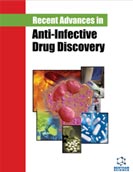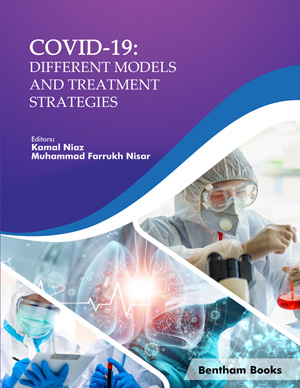Abstract
Background: Second-line antiretroviral therapy (ART) was introduced in Henan Province in 2009. The number of people living with human immunodeficiency virus (HIV) starting this therapy is increasing.
Objective: This study aimed to investigate the survival and factors affecting mortality among this group.
Methods: We conducted a retrospective cohort study of people living with HIV (PLHIV) who switched to second-line ART between May 1, 2010, and May 1, 2016, using the Kaplan–Meier method and Cox proportional hazards models.
Results: We followed 3,331 PLHIV for 26,988 person-years, of whom 508 (15.3%) died. The mortality rate was 1.88/100 person-years. After adjusting for confounding factors, we found being a woman (hazard ratio (HR), 0.66; 95% confidence interval (CI) 0.55–0.79), > 50 years old (HR, 2.69; 95% CI, 2.03–3.56), single/widowed (HR, 1.26; 95% CI, 1.04–1.52), having > 6 years of education (HR, 0.78; 95% CI, 0.65–0.94), Chinese medicine (HR, 0.75; 95% CI, 0.52–0.96), liver injury (HR, 1.58; 95% CI, 1.19–2.10), and CD4+ T cell count <200 cells/μl (HR, 1.94; 95% CI, 1.47-2.55), or 200-350 cells/μl (HR, 1.37; 95% CI, 1.03–1.82) were associated with mortality risk.
Conclusions: We found lower mortality among PLHIV who switched to second-line ART than most previous studies. The limitations of a retrospective cohort may, therefore, have biased the data, and prospective studies are needed to confirm the results. Moreover, Chinese medicine combined with second-line ART shows potential as a treatment for HIV.
Graphical Abstract
[http://dx.doi.org/10.1089/aid.2020.0132] [PMID: 33390085]
[http://dx.doi.org/10.1186/s13104-019-4429-3] [PMID: 31307513]
[http://dx.doi.org/10.3851/IMP3194] [PMID: 28933705]
[http://dx.doi.org/10.1177/11786337211014518] [PMID: 34121842]
[http://dx.doi.org/10.1371/journal.pone.0220159] [PMID: 31356613]
[http://dx.doi.org/10.1371/journal.pone.0239191] [PMID: 32986756]
[http://dx.doi.org/10.1111/hiv.13252] [PMID: 35293099]
[http://dx.doi.org/10.1186/s12879-018-3489-7] [PMID: 30442114]
[http://dx.doi.org/10.1371/journal.pone.0013737] [PMID: 21060835]
[http://dx.doi.org/10.1007/s11655-017-2418-8] [PMID: 28887810]
[http://dx.doi.org/10.1155/2022/5103768]
[http://dx.doi.org/10.3760/cma.j.issn.0254-6450.2019.06.007]
[http://dx.doi.org/10.1111/apt.15413] [PMID: 31309615]
[http://dx.doi.org/10.3760/cma.j.cn112137-20220621-01361]
[http://dx.doi.org/10.3760/cma.j.cn112338-20190604-00395]
[http://dx.doi.org/10.11604/pamj.2019.33.89.16626] [PMID: 31489067]
[http://dx.doi.org/10.1371/journal.pone.0219689] [PMID: 31318900]
[http://dx.doi.org/10.1186/s12879-019-3844-3] [PMID: 30819120]
[http://dx.doi.org/10.1002/jmv.27944] [PMID: 35710693]
[http://dx.doi.org/10.1002/jia2.25228] [PMID: 30803162]
[http://dx.doi.org/10.1111/hiv.13006] [PMID: 33151020]
[http://dx.doi.org/10.1093/inthealth/ihaa036] [PMID: 32623456]
[PMID: 29765285]
[http://dx.doi.org/10.2147/HIV.S274747] [PMID: 33239921]
[http://dx.doi.org/10.1016/S2468-1253(16)30120-0] [PMID: 28404136]
[http://dx.doi.org/10.1111/hiv.12937] [PMID: 32876382]
[http://dx.doi.org/10.1155/2015/282819] [PMID: 25821482]
[http://dx.doi.org/10.1089/act.2017.29106.ywa]
[http://dx.doi.org/10.1089/aid.2019.0274] [PMID: 31958968]
[http://dx.doi.org/10.1155/2021/5576612]





















